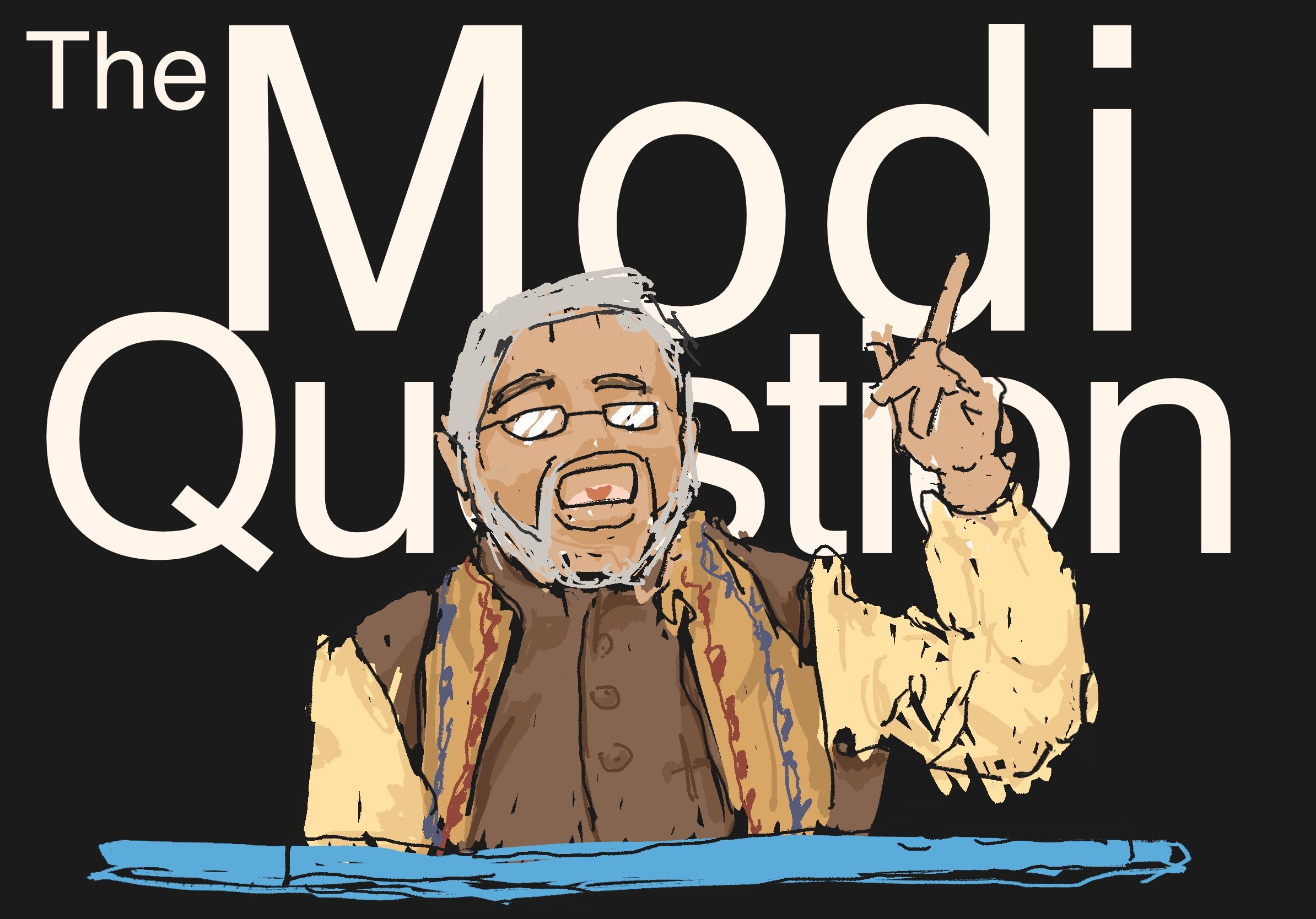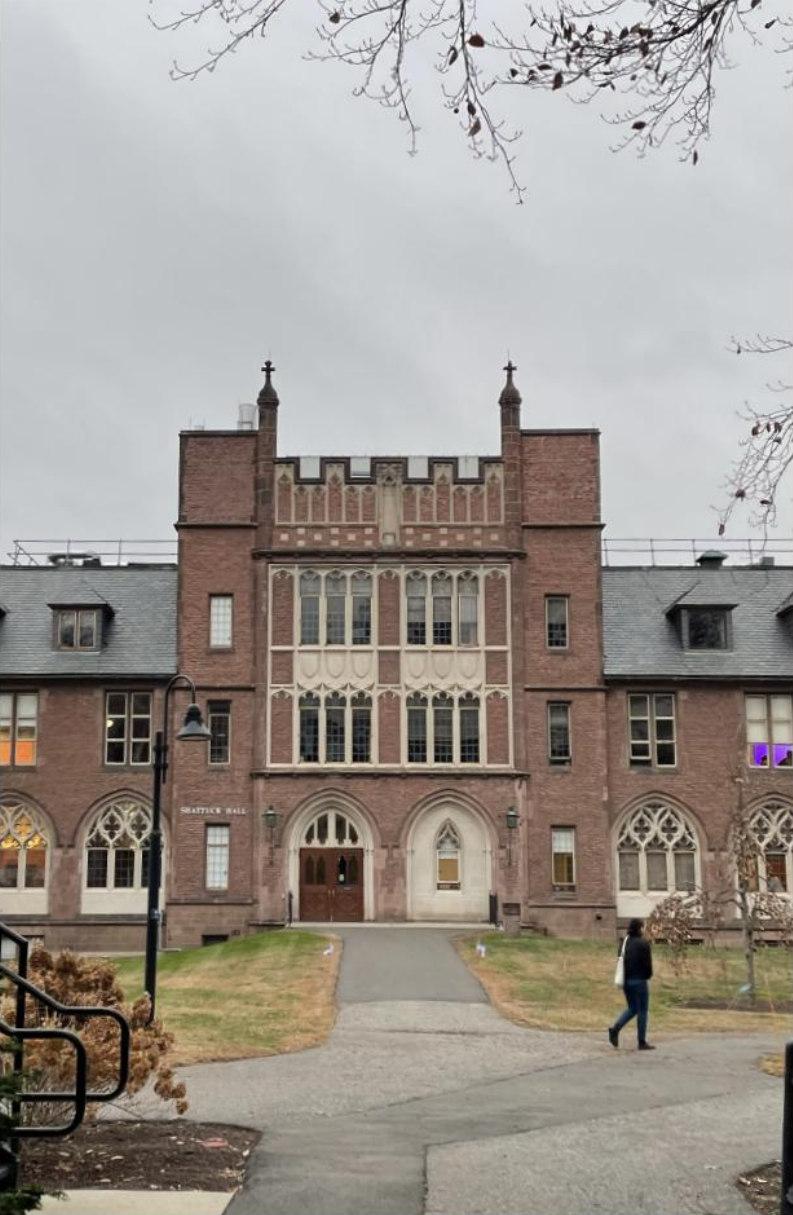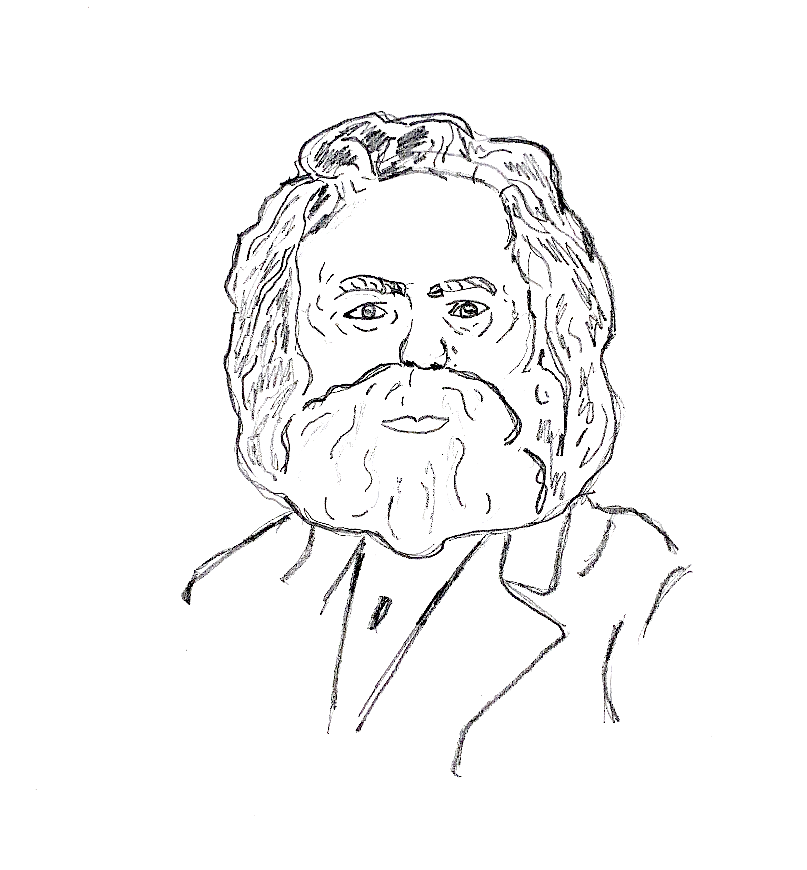Roald Dahl Story Company and Puffin Books partnered with Inclusive Minds to edit Dahl’s stories. Photo courtesy of solarisgirl via Flickr.
By Jahnavi Pradeep ’23
Opinion Editor
Content warning: This article discusses antisemitism and racism and mentions fatphobia.
Roald Dahl is a celebrated British storyteller best known for his works in children’s literature, adult fiction and screenwork. His forays into children’s literature include 16 stories, such as “Charlie and the Chocolate Factory,” “Matilda” and “The Witches.” These books gained popularity for their peculiar sense of humor that accompanied heroic stories of children who combat the adult world. They have been translated into 68 languages, adapted for the screen and the stage and remain as must-reads on the bookshelves of homes, libraries and schools worldwide.
More recently, Dahl has become the center of a literary debate over the derogatory language coloring his books’ contents. The Telegraph reported on Feb. 17, 2023, that Dahl’s works were undergoing content revisions by Puffin Books and the Roald Dahl Story Company. Per the article, “the publishers have given themselves license to edit the writer as they see fit, chopping, altering and adding where necessary to bring his books in line with contemporary sensibilities.” Puffin Books and the Roald Dahl Story Company partnered with Inclusive Minds, an organization aimed at, according their website, “authentic representation” in children’s literature by supporting diversity, inclusion, and accessibility to tackle offensive vocabulary in Dahl’s literature and adhere to what the Telegraph terms as “contemporary sensibilities.” With over a hundred edits to his works, their joint efforts aim to undo Dahl’s insensitivity toward gender, race and physical appearances, among others.
On the one hand, the revisions to Dahl’s texts are a welcome maneuver that works toward making children’s literature decreasingly stereotyped in its content and more sensitive to ideas of diversity and inclusion. However, while it can be lauded as a way to make a cherished anthology of books less offensive, simply modifying the text’s vocabulary does not undo the history of stereotypes, bigotry and hatred that Dahl’s texts have perpetrated. Rather than focusing on the prose of the past, our priorities in supporting inclusive children’s media should focus on contemporary work that better represents today’s goals for literature.
According to The Telegraph, changes have been implemented in ten of Dahl’s books: “Charlie and the Chocolate Factory,” “Esio Trot,” “Fantastic Mr. Fox,” “George’s Marvellous Medicine,” “James and the Giant Peach,” “Matilda,” “The BFG,” “The Enormous Crocodile,” “The Twits” and “The Witches.” One of Dahl’s most notable works, “Charlie and the Chocolate Factory” follows the story of Charlie and four other contestants, children meant to contrast our earnest protagonist, who win a golden ticket to tour Willy Wonka’s chocolate factory. Augustus Gloop is one of the contestants. In the original text, Dahl describes Gloop as “enormously fat.” After revisions, he is simply an “enormous” nine-year-old.
Another Dahl story, “Matilda,” follows the story of child prodigy Matilda as she navigates home and school life. In her story, the constant mention of “mothers” and “fathers” in the text has been changed to “parents.” As an avid reader, Matilda now reads the books of Jane Austen instead of Rudyard Kipling. A third story, “The BFG,” follows young Sophie’s encounters with, as the title suggests, a big friendly giant whose characterizations have also been rewritten. In the text, the “tall black figure” is a “tall dark figure,” and the “long pale wrinkly face” is now a “long wrinkly face.” The Telegraph notes that tweaks to Dahl’s texts have been common in the past as well. For example, the Oompa Loompas in “Charlie and the Chocolate Factory” were “extensively reimagined over the years.” Still, the current set of revisions is the first large-scale change to his works.
These changes are imperative — they undo the harm of offensive language that has permeated widely read literature. These alterations become increasingly pertinent when noting that the primary audience of Dahl’s books is comprised of children. Children’s literature has the potential to educate and impact its young readers. Reading habits in children help them learn about themselves, the world and how to communicate with others. Here it becomes crucial to evaluate the types of books kids read, the content of these books and how they might influence children’s critical thinking processes. In my own childhood, I grew up reading several of his books, including all those that Puffins Books and the Roald Dahl Story Company are now revising. While I loved Dahl’s catchy stories and inspiring young protagonists, as a child I was not fully aware of the harm of the texts. Revisiting them as an adult, I immediately realized the blatant bigotry that underlined the stories. Offensive language, as seen in Dahl’s books, can be incredibly harmful in this process, further emphasizing the importance of edits. After all, Dahl is one of the most famous and beloved children’s authors, and it is only right to make his works more conscious in their portrayals. Aware of the popularity of Dahl’s books and the potential for their content to impact young readers, the Roald Dahl Story Company and Puffin Books’ endeavors align with making children’s literature more sensitive in content and are more conscious of its ability to influence readers. In an article for The Guardian, a Roald Dahl Story Company spokesperson discussed the revisions: “Our guiding principle throughout has been to maintain the storylines, characters and the irreverence and sharp-edged spirit of the original text. Any changes made have been small and carefully considered.” Herein, revising Dahl’s language helps future young readers engage with his widely popular stories without allowing implicit biases to form through their reading habits.
Nonetheless, censoring Dahl’s language does not do enough justice to the history of bigotry that both the author and his works carry. Dahl, while celebrated for his gift of writing, was guilty of racism, antisemitism and misogyny. A New York Times article from 2020 discusses how Dahl’s family had to publicly apologize for the author’s outspoken antisemitic comments in his career as a public figure and author. The Roald Dahl Story Company's website features the joint apology of the company and Dahl’s family for the “lasting and understandable hurt caused by Roald Dahl’s antisemitic statements.” The apology goes on to state that “those prejudiced remarks are incomprehensible to us and stand in marked contrast to the man we knew and to the values at the heart of Roald Dahl’s stories, which have positively impacted young people for generations.”
However, Dahl’s family’s apology does not erase the harm of his hatred, and continuing to celebrate this author erases his problematic past without holding him or his works accountable. Dahl’s sentiments cannot be separated from his work, and this becomes increasingly evident in the manifestation of his bigoted ideas in his literature. In an article for CNN, David M. Perry discusses how Dahl’s antisemitism shows through in his books, such as “The Witches.” Perry discusses how “Dahl created a caste of hook-nosed women who can literally print money and who like to kidnap and murder innocent children. The characterization appears to draw directly from the blood libel slander, the medieval and modern conspiracy theory that Jews annually kidnap and murder Christian children.” Simply editing language that reflects bigotry does not undo the underlying sentiments of the stories and characters. If publishers are committed to inclusion and diversity, they must do better than continuing to champion Dahl’s work. The company spokesperson’s claim of revising texts to “maintain the storylines, characters, and the irreverence and sharp-edged spirit of the original text” is incongruent with their desire to do right by ideas of inclusion and sensitivity.
A Time article similarly builds on the idea that Dahl’s works reflect his obvious racism. The article explores how the Oompa Loompas in “Charlie and the Chocolate Factory” were meant to be members of an African Pygmy tribe and describes other instances of bigotry and stereotypes in Dahl’s work. For example, in “James and the Giant Peach,'” as per the Time article, “the Grasshopper declares at one point: ‘I’d rather be fried alive and eaten by a Mexican.’” Dahl’s misogyny, ableism and fatphobia are similarly ubiquitous in his books. Characters across books are ridiculed for being fat, Augustus Gloop being one of many. A 2016 article by The Irish Times discusses how Dahl wrote about women, specifically in “The Witches,” where “the witches themselves are terrifying and vile things, and always women.” Here, it is clear that mere revisions are not enough to tackle the hate that pervades Dahl’s literary canon. Simply editing the language used to describe the Oompa Loompas that makes their tribal roots obvious doesn’t erase the problematic root of these characters’ creation. The Telegraph notes that if the publishers had to carry out more than 100 edits, the rampant nature of offensive content in the books is already established in its framework, and simply removing the obvious bias does not undo its place in the work.
The current drive toward revising Dahl’s work allows us to evaluate whether or not we want to continue heralding his works as essentials of children’s literature. While Dahl may be considered a classic for his excellent penmanship, we cannot easily pardon the bigotry and hatred packed within his novels. Removing Dahl from the literary canon is not easy, but we can treat him as a product of his time and move him to the back of the shelf instead of continuing to actively promote his work. With this, we have an opportunity to make space for new prose, instead of revised literature, that carries the potential to educate children on diversity and inclusion over bias and stereotypes. While revisions are a step toward addressing and changing the problematic past of the writer, publishing houses and agencies can do better by their promise of diversity and inclusion by focusing on the creation of new literature.



















